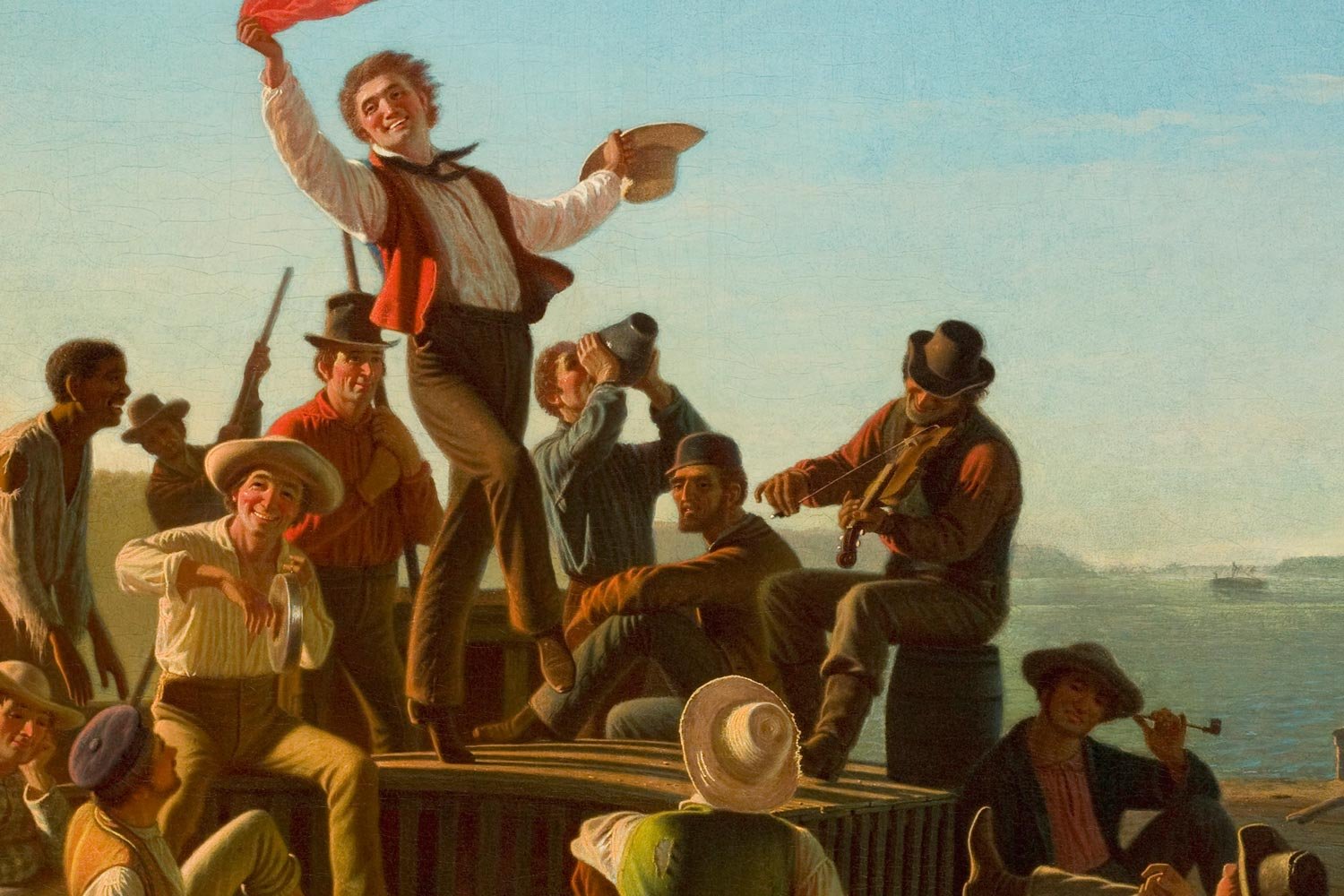Louisiana Purchase, Part 4: The Noblest Work of Our Lives
The midnight deal Robert Livingston, United States Minister to France, struck with French Finance Minister Francois Barbe-Marbois to purchase the Louisiana Territory was arguably the most impactful treaty in the history of the United States. While the purchase seemed like a gift from heaven, there were several significant issues with it. For one, the American commissioners were not authorized to purchase Louisiana; they had been instructed to purchase New Orleans and West Florida. Second, they had only been authorized to spend $10 million; they had exceeded that amount by half. Finally, there remained the legality of the purchase as the Constitution did not specifically grant the executive branch the power to purchase new lands.
Tom Hand, creator and publisher of Americana Corner, discusses the Louisiana Purchase, and why it still matters today.
Images courtesy of the New York Public Library, National Archives, National Gallery of Art, National Portrait Gallery - Smithsonian Institution, British Museum, Library of Congress, Smithsonian American Art Museum, Architect of the Capitol, Wikimedia - Harvard Art Museum, Wikimedia.




The midnight deal Robert Livingston, United States Minister to France, struck with Francois Barbe-Marbois, Napoleon’s Finance Minister, on April 13, 1803, to purchase the Louisiana territory was one of the most impactful agreements in the history of the United States. It resulted from months of conversations Livingston had had with numerous French officials, creating a foundation for the details that would follow. But as important as this step was, there remained several hurdles to overcome.